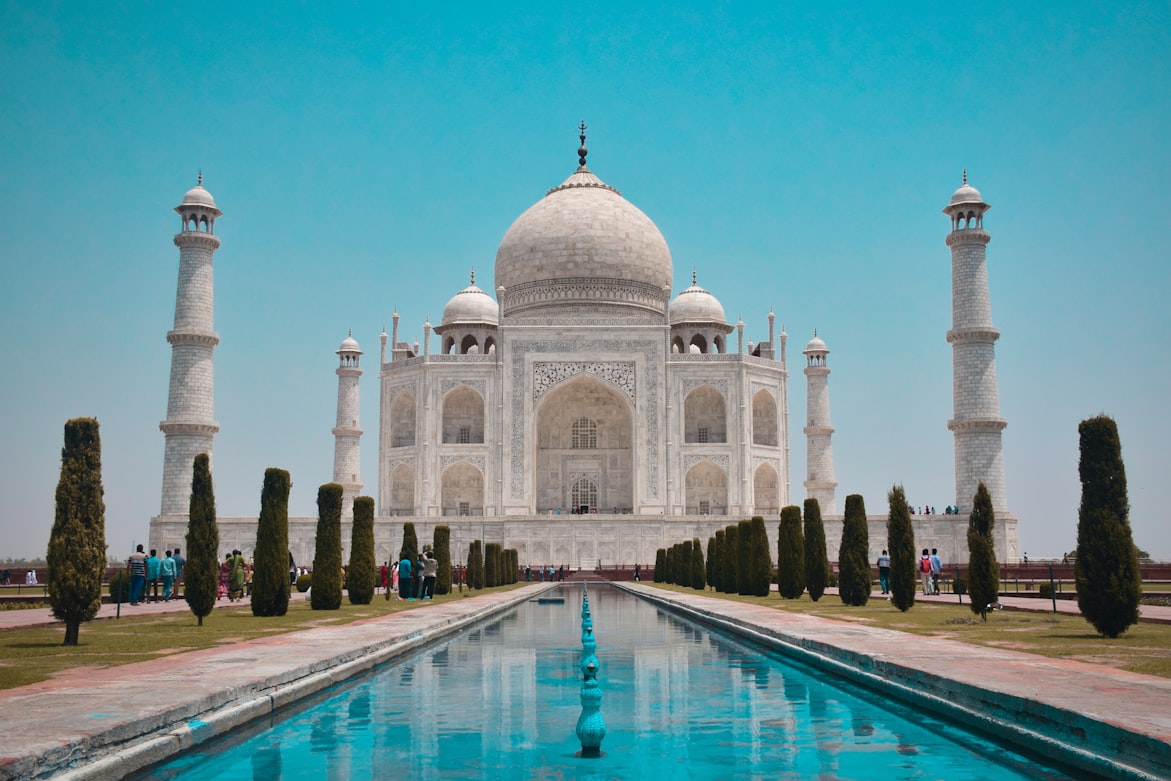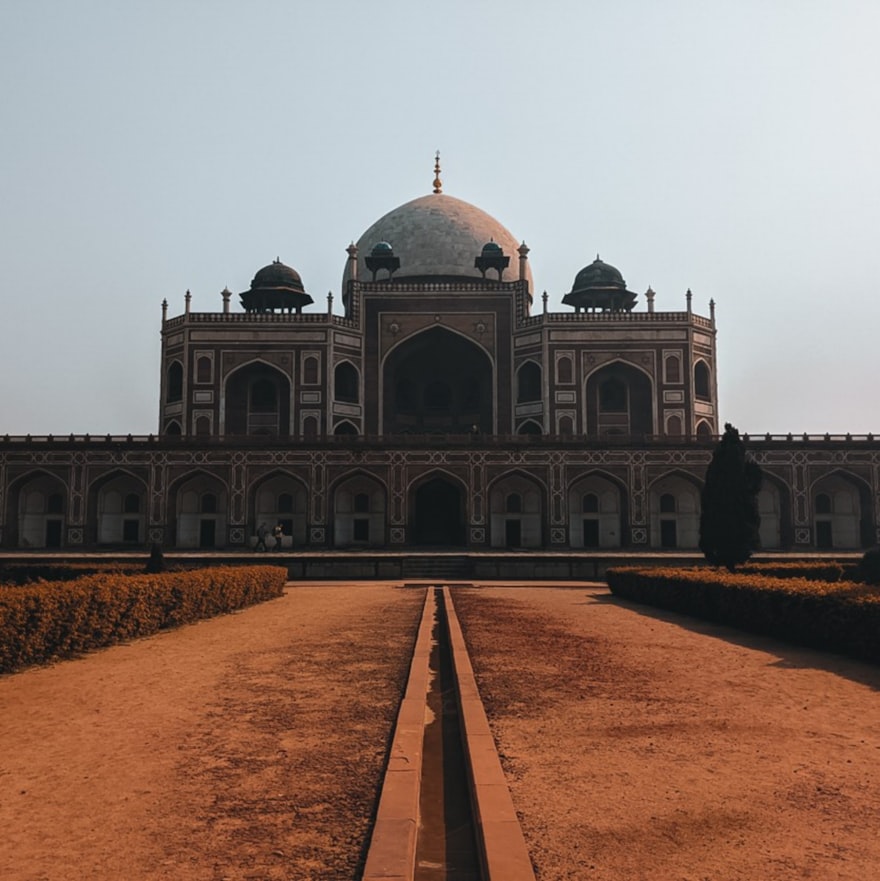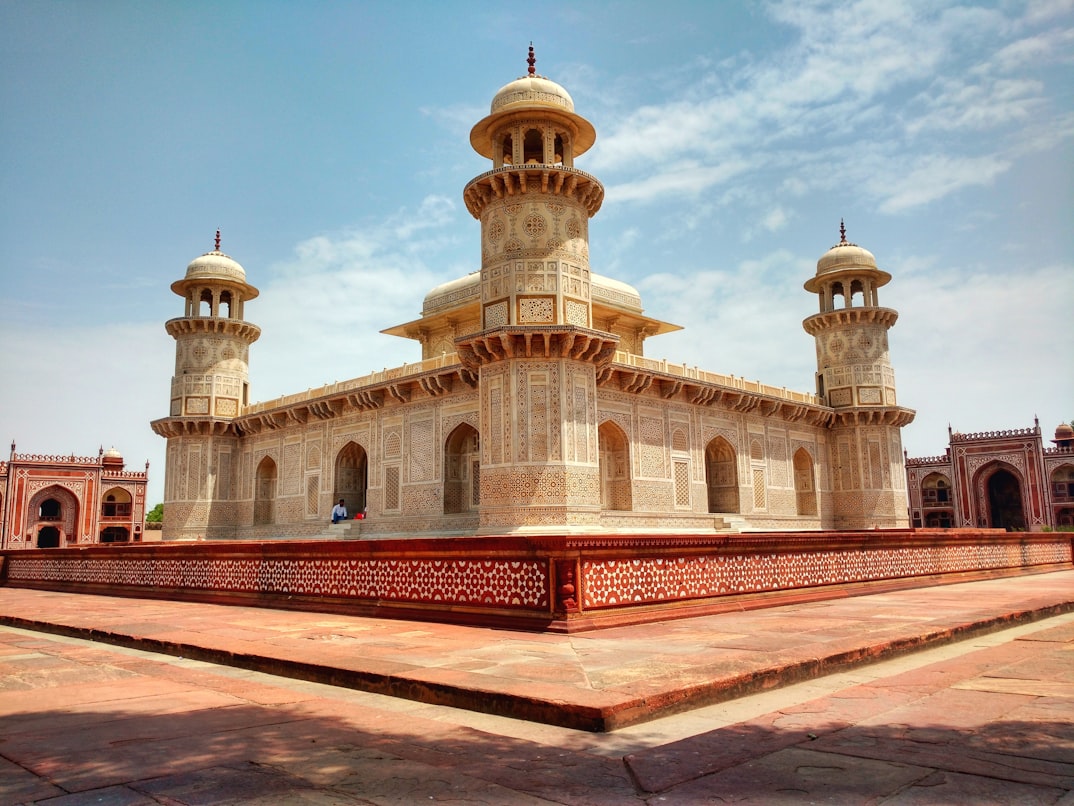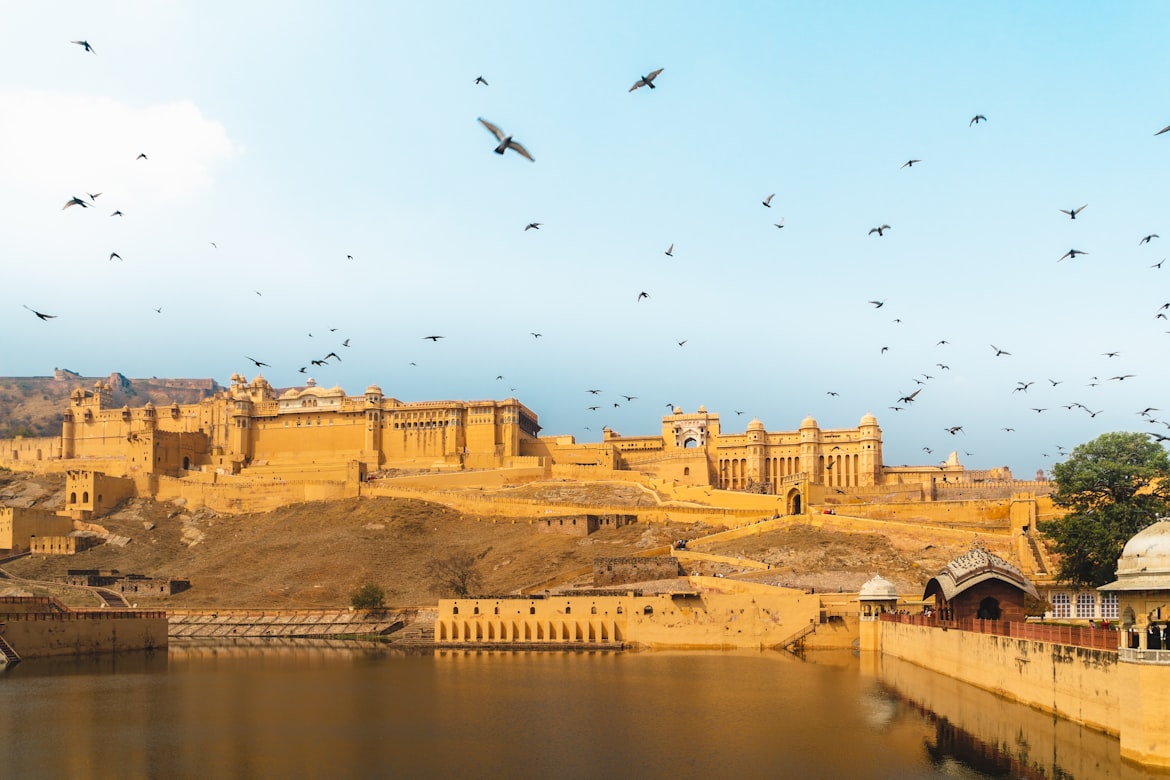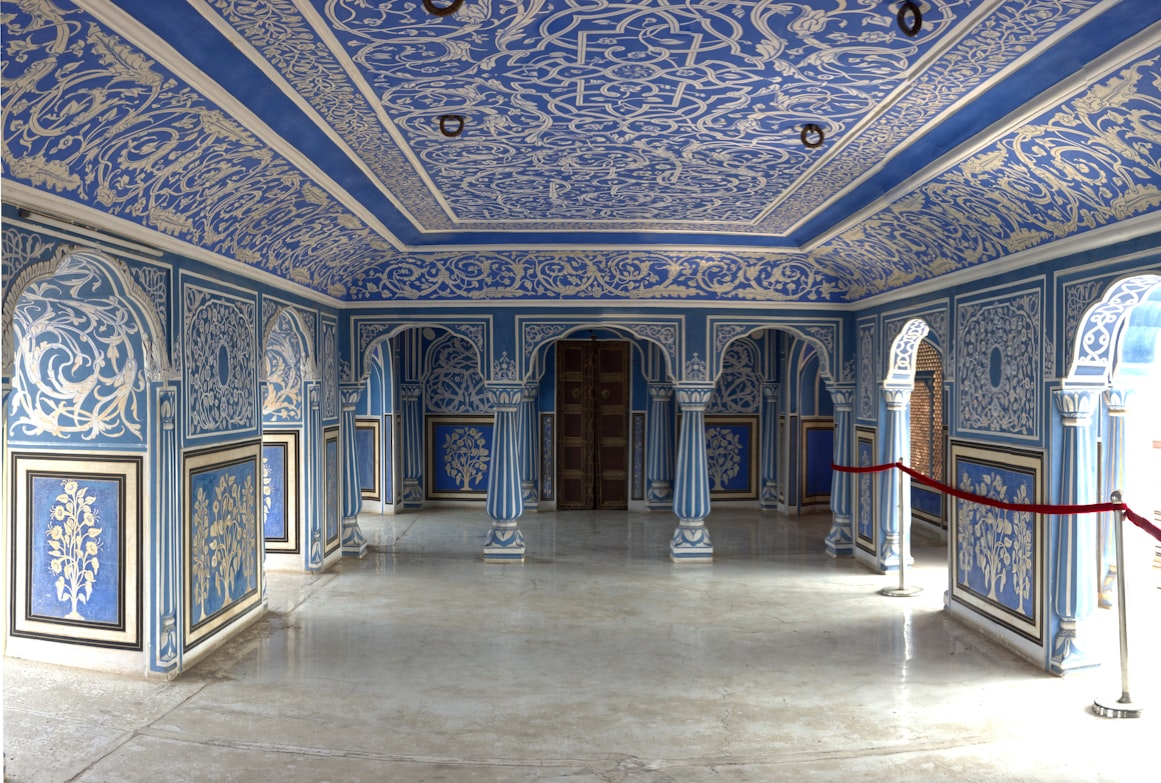Discover the Wonders of India’s Golden Triangle: A Comprehensive Travel Guide
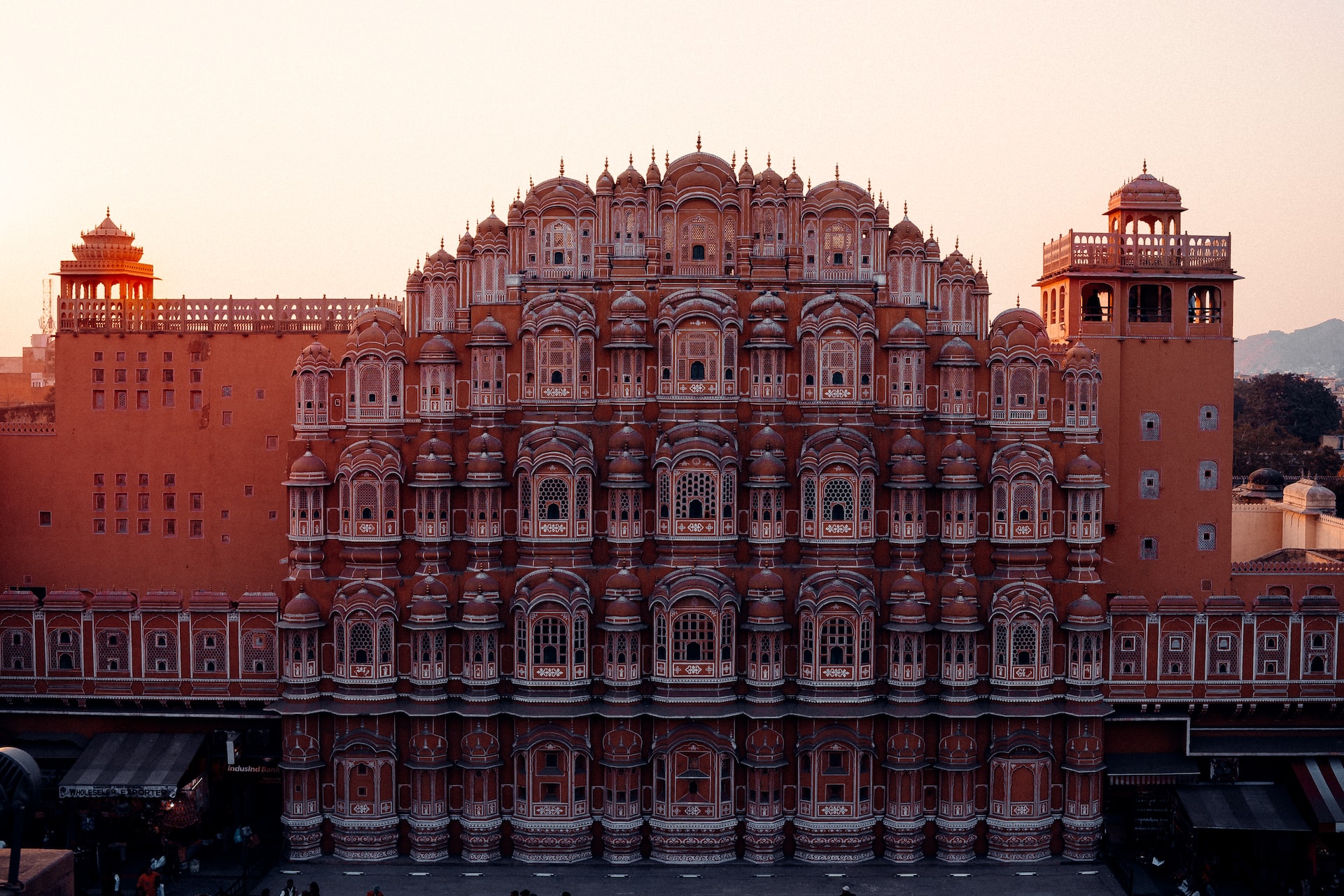
The Golden Triangle is a popular tourist circuit in India that includes the cities of Delhi, Agra, and Jaipur. This triangle, formed by the three cities on a map, is home to some of the country’s most famous landmarks and cultural attractions. A visit to the Golden Triangle is a great way to experience a range of Indian culture, from its historical and architectural wonders to its bustling city streets and rural landscapes.
Starting in Delhi, the capital of India, there are a number of must-see landmarks to visit. The Red Fort is a towering red sandstone fort that was built in the mid-17th century. It is a UNESCO World Heritage Site and is a popular tourist destination, known for its stunning architecture and historical significance. Another popular attraction in Delhi is the Qutub Minar, a minaret that was built in the 12th century. It is the tallest minaret in India and is also a UNESCO World Heritage Site.
Another must-see landmark in Delhi is Humayun’s Tomb, a mausoleum that was built in the mid-16th century. It is considered a masterpiece of Mughal architecture and is a UNESCO World Heritage Site. Other popular attractions in Delhi include the City Palace, a palace complex that was built in the 18th century, and the Hawa Mahal, a palace with a distinctive facade that was built in the 19th century.
After exploring Delhi, the next stop on the Golden Triangle is the city of Agra. The main attraction in Agra is the Taj Mahal, one of the most famous landmarks in the world. This white marble mausoleum was built in the 17th century and is a UNESCO World Heritage Site. It is considered a masterpiece of Mughal architecture and is a must-see for any traveler to the Golden Triangle.
In addition to the Taj Mahal, there are a number of other landmarks and cultural attractions to see in Agra. The Agra Fort is a fortress that was built in the 16th century and is a UNESCO World Heritage Site. It is known for its red sandstone walls and impressive architecture. Another popular attraction in Agra is the Itimad-ud-Daulah’s Tomb, a mausoleum that was built in the 17th century and is considered a precursor to the Taj Mahal.
The final stop on the Golden Triangle is the city of Jaipur, known for its historical and cultural attractions. One of the main landmarks to visit in Jaipur is the Amber Fort, a fort that was built in the 16th century and is located just outside the city. The fort is known for its stunning architecture and is a popular tourist destination. Another popular attraction in Jaipur is the Jal Mahal, a palace that was built in the 18th century and is located in the middle of a lake.
Other notable landmarks and cultural attractions to visit in Jaipur include the City Palace, a palace complex that was built in the 18th century, and the Hawa Mahal, a palace with a distinctive facade that was built in the 19th century.
There are also a number of markets and bazaars to explore in Jaipur, where visitors can purchase traditional handicrafts and souvenirs. You can share this article using hashtags: #GoldenTriangle #Delhi #Agra #Jaipur #India #TajMahal #RedFort #HumayunsTomb #HawaMahal #JalMahal #QutubMinar #CityPalace #AmberFort.
In conclusion, the Golden Triangle is a must-visit destination for anyone interested in experiencing the rich culture and history of India. From the stunning architecture of the Taj Mahal and the Red Fort to the bustling city streets and colorful markets of Delhi, Agra, and Jaipur, there is something for everyone in this fascinating region. Whether you are a history buff, a culture enthusiast, or simply looking for a unique and memorable vacation, the Golden Triangle is a great choice.
